Proper care is vital for fostering healthy plant growth. This article delves into the fundamental aspects of plant care, highlighting the significance of light and water, essential nutrients, and how to identify diseases and pests. We’ll also share effective strategies for pest and disease control, optimal houseplant care, and ways to make your garden or balcony flourish. Whether you’re a novice gardener or a seasoned plant enthusiast, these tips will help you achieve lush dinglygreen.
Why Proper Plant Care Matters
Taking the time to care for your plants properly is crucial for their overall health and productivity. Healthy plants are not only more resilient against diseases and pests but also yield a bountiful harvest. When plants are nurtured in optimal conditions, they tend to thrive, exhibiting vibrant growth and enhanced nutritional value. Conversely, neglecting plant care can lead to diminished yields and increased vulnerability to environmental stressors like drought and frost.
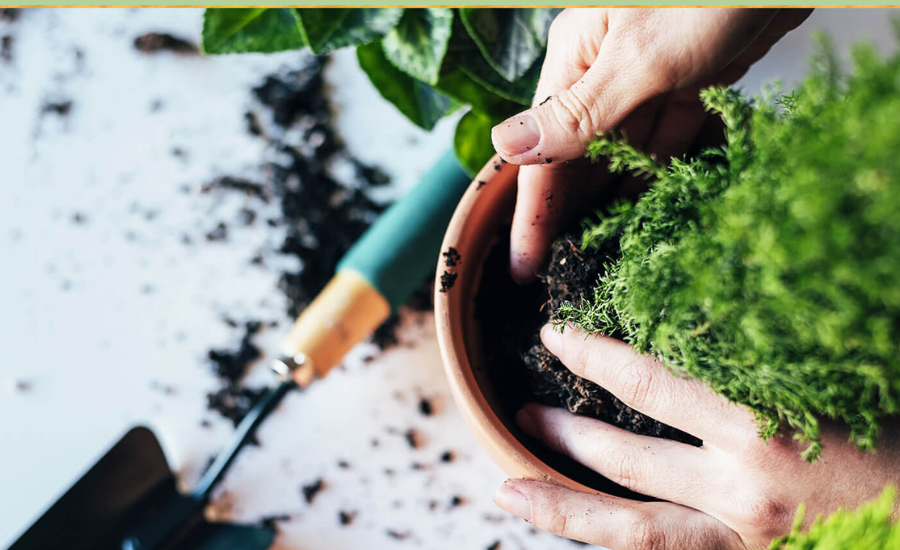
To ensure your plants flourish, begin by selecting an appropriate location. Most plants thrive with ample sunlight and consistent watering. Soil quality also plays a pivotal role; well-draining soil enriched with nutrients promotes healthy growth. Regular watering is essential, as is the use of fertilizers to replenish nutrients. Routine inspections for signs of disease or pest infestations are equally important to maintain plant health.
In summary, effective plant care doesn’t have to be overwhelming. By following a few straightforward practices, you can nurture your plants successfully and promote robust growth.
The Crucial Role of Light and Water
Light and water are fundamental elements for plant growth. Through the process of photosynthesis, plants utilize light to convert carbon dioxide into oxygen, a vital process for their survival. Insufficient light can weaken plants, hindering their growth. It’s essential to recognize that light requirements vary among plant species; for example, succulents and cacti thrive in low-light conditions, while flowering plants like tomatoes and roses require more intense light exposure. Researching the specific light needs of your plants ensures they are placed in suitable locations.
Water is equally important as it facilitates nutrient transport within the plant. Without adequate water, plants may suffer from dehydration and ultimately perish. However, like light, water needs differ; cacti need less water compared to moisture-loving plants like ferns or lilies. It’s crucial to understand the individual watering requirements of your plants and adjust accordingly.
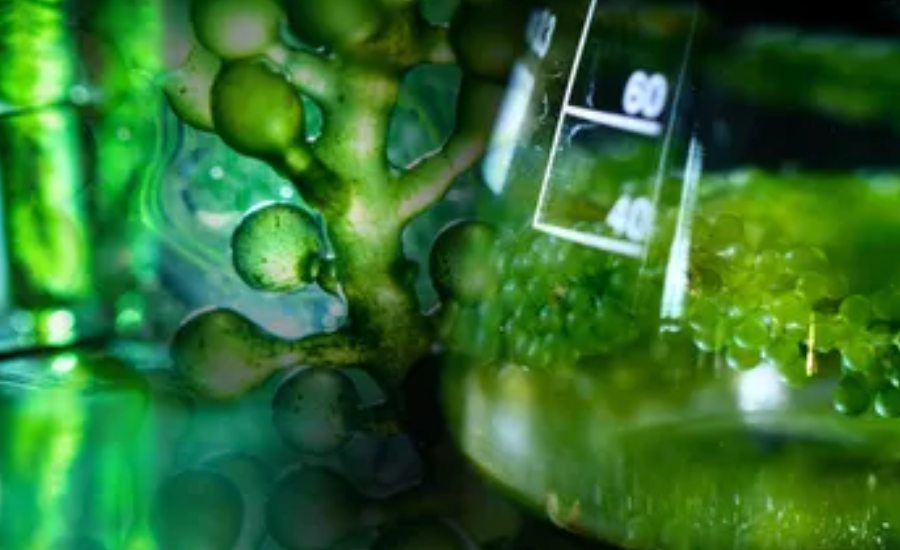
Additionally, the quality of water matters. Using hard water can alter soil pH, negatively impacting plant health. If your tap water is hard, consider using softened or distilled water for your plants.
In conclusion, by understanding and catering to the light and water needs of your plants, you can create a thriving environment for healthy growth.
Essential Nutrients for Healthy Plant Growth
For plants to thrive, they require a range of nutrients. The primary macronutrients essential for growth include nitrogen, phosphorus, and potassium. Nitrogen is vital for protein and enzyme production, which are crucial for growth. Phosphorus contributes to energy transfer and root development, while potassium enhances cell wall strength and stress resistance.
In addition to these key nutrients, plants also need micronutrients like calcium, magnesium, and sulfur for chlorophyll formation, vital for photosynthesis. Iron, zinc, and manganese are also important for overall growth.
To guarantee your plants receive adequate nutrition, regular fertilization is necessary. A balanced fertilizer can provide essential nutrients, promoting robust growth. However, be cautious with the application; over-fertilization can harm plants.
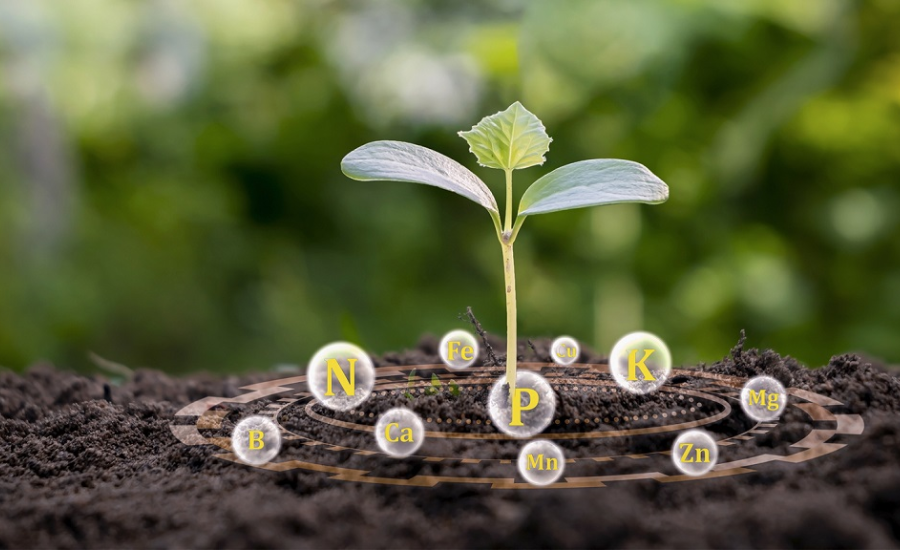
In summary, a balanced supply of nutrients through proper fertilization and healthy soil is critical for plants’ successful growth.
Identifying Plant Diseases and Pests
Detecting diseases and pests early is crucial for maintaining plant health. Look for signs such as yellowing or browning leaves, deformed flowers, or holes and spots on foliage. These symptoms may indicate various issues. Sticky residues on leaves can signal infestations from sap-sucking insects like aphids or spider mites. Additionally, small insects such as thrips or aphids can indicate pest problems. Discoloration or changes in root appearance may suggest root rot.
Regular inspections of your plants can help identify potential problems early, protecting their health and growth.
Effective Pest and Disease Control Strategies
Implementing effective pest and disease control measures is essential for ensuring plant health. If you notice signs of infestation, act swiftly. Natural insecticides like neem oil or diluted soapy water can effectively eliminate pests when applied to affected areas. Introducing beneficial insects, such as ladybugs or parasitic wasps, can also help restore ecological balance in your garden.
When dealing with diseases, promptly removing infected plant parts can prevent further spread. Regular monitoring for discoloration or leaf spots can help catch issues early. For fungal infections, consider using fungicidal sprays to inhibit fungal growth.
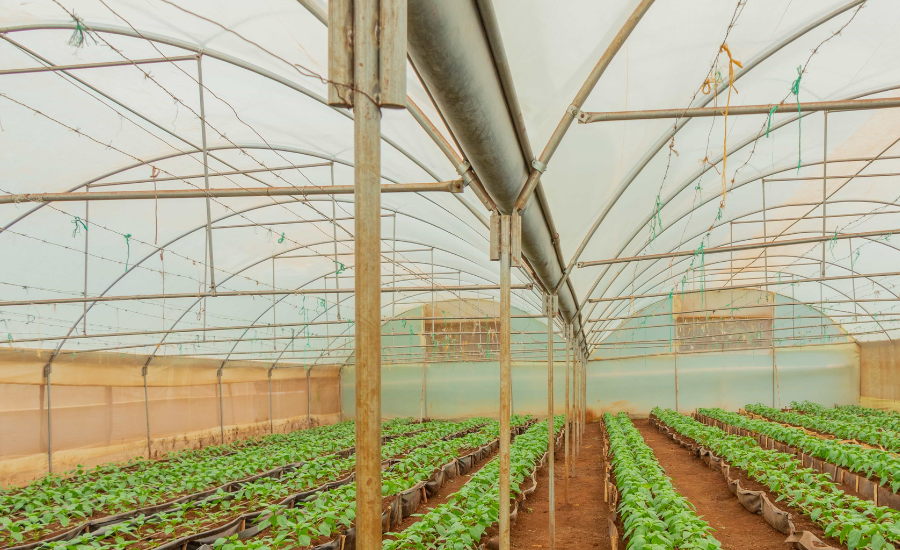
Preventative measures are equally important. Ensure optimal growing conditions through proper watering, avoiding over-fertilization, and providing adequate air circulation. Practicing good hygiene in your garden can also prevent the spread of pathogens.
By adopting these pest and disease control methods, you can promote healthy plant growth and resilience.
Tips for Optimal Houseplant Care
Caring for houseplants requires attention to their specific needs. Here are some essential tips for optimal care:
Light
- Understanding Light Needs: It’s essential to provide your houseplants with the right amount of light. While many houseplants prefer bright, indirect sunlight, others may thrive in lower light conditions. For instance, pothos and snake plants can tolerate shade, while flowering plants like orchids usually require more light.
- Placement: Position your plants near windows where they can benefit from filtered light. Sheer curtains can help diffuse direct sunlight, preventing leaf scorch. If you notice your plant leaning towards the light, it may be a sign that it needs more exposure.
- Supplemental Lighting: In situations where natural light is limited, consider using grow lights. These specialized lights can provide the spectrum of light needed for photosynthesis, especially during the shorter days of winter.
Water
- Watering Techniques: Consistent watering is key to houseplant health, but it’s vital to strike a balance. Overwatering is a common issue that can lead to root rot. Always check the moisture level before watering by inserting your finger about an inch into the soil; if it feels dry, it’s time to water.
- Pot Selection: Choose pots that have adequate drainage holes to allow excess water to escape. This helps prevent soggy soil, which can harm the roots. If you’re using decorative pots without drainage, consider placing the plant in a nursery pot that fits inside it.
- Water Quality: Use room-temperature water to avoid shocking the plant. If possible, let tap water sit for 24 hours to allow any chlorine to dissipate before using it on your plants.
Fertilization
Nutrient Supply: Providing your houseplants with a balanced fertilizer can significantly enhance their growth. Most houseplants benefit from a liquid fertilizer every 4-6 weeks during the growing season (spring and summer).
- Follow Instructions: Adhere to the recommended application rates on the fertilizer package to avoid over-fertilizing, which can lead to salt buildup and harm the plant.
- Types of Fertilizers: There are different types of fertilizers, including organic and synthetic. Organic options, like fish emulsion or compost, can enrich the soil while promoting a healthier ecosystem for beneficial microorganisms.
Humidity
- Humidity Requirements: Many houseplants, especially tropical varieties, thrive in high humidity environments. Regular misting of leaves can help mimic their natural habitat, but it may not be sufficient for plants like ferns or peace lilies that require higher humidity levels.
- Humidity Trays: To enhance humidity, place pots on trays filled with pebbles and water. Ensure the base of the pot sits above the waterline to avoid root rot. Alternatively, consider using a humidifier to create a more humid environment, especially during dry winter months.
Repotting
- Signs of Repotting: Periodically check if your plants have outgrown their current pots. Signs include roots growing out of the drainage holes, stunted growth, or soil that dries out too quickly after watering.
- Choosing the Right Pot: When repotting, select a pot that is one size larger and has sufficient drainage holes. Use fresh potting soil to provide essential nutrients and ensure good drainage.
- Timing: The best time to repot is in spring when plants are actively growing. This helps reduce stress on the plant and encourages faster adaptation to its new environment.
By following these straightforward care tips, you can ensure your houseplants remain healthy and vibrant.
Creating a Blooming Garden or Balcony
To transform your garden or balcony into a vibrant space, consider these practical tips. Choose plants suited to your location, ensuring they receive appropriate sunlight and that the soil retains moisture. Consistent watering is vital, particularly during dry spells, but avoid overwatering to prevent root rot. Regularly weeding and applying mulch around plants can help retain soil moisture and encourage growth. Fertilization will provide necessary nutrients, but tailor your approach based on the specific needs of each plant type. Finally, keep an eye out for pests and diseases, addressing any issues promptly to maintain plant health.
With these strategies, you can cultivate a flourishing garden or balcony that brings joy and beauty to your surroundings.
We hope this article empowers you with the knowledge needed to enhance your plant care practices and promote vibrant growth. Understanding the roles of light, water, and nutrients in plant health is essential for early detection of pests and diseases. By employing effective control methods, you can enjoy a lush and thriving garden or indoor space. Remember, gardening is a fulfilling activity that fosters a connection to nature, offering a peaceful retreat in our fast-paced lives. Consider how you might spend more time cultivating plants and nurturing our environment, emphasizing the importance of preserving our planet together.
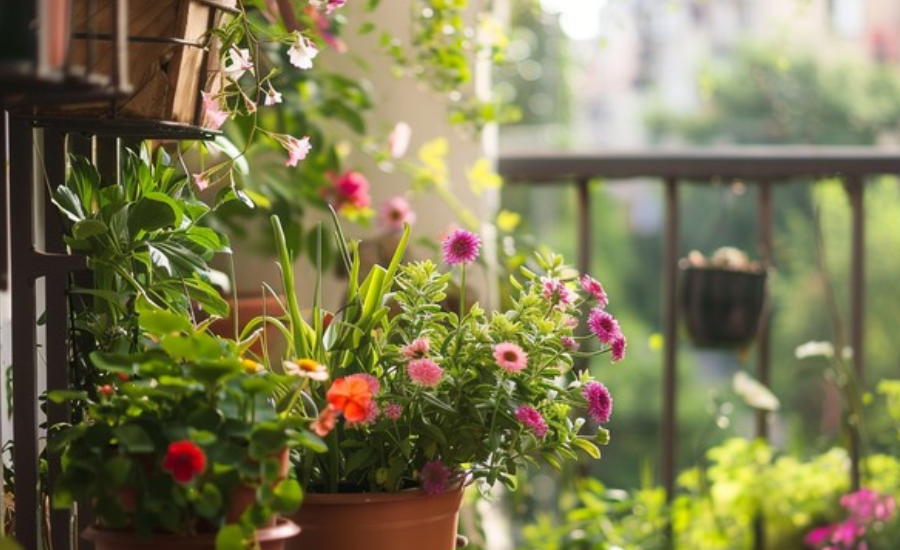
Facts
- Light Requirements: Different plants have varying light needs. Succulents thrive in bright light, while others like pothos can tolerate lower light conditions.
- Watering Techniques: Overwatering is a common issue; check soil moisture before watering. Generally, water when the top inch of soil feels dry.
- Nutrient Supply: Essential macronutrients for plants include nitrogen, phosphorus, and potassium, while micronutrients like calcium and magnesium are also crucial.
- Pest and Disease Detection: Regular inspections for yellowing leaves, deformed flowers, and sticky residues can help catch infestations early.
- Humidity Levels: Many houseplants, especially tropical varieties, thrive in higher humidity. Mist leaves or use humidity trays to boost moisture levels.
- Repotting: Signs of needing to repot include roots emerging from drainage holes or soil that dries out quickly. Repot in spring for best results.
- Fertilization: Regularly use a balanced fertilizer during the growing season to ensure plants receive essential nutrients without over-fertilizing.
FAQs
Q1: How often should I water my houseplants?
A1: Water your houseplants when the top inch of soil feels dry. The frequency will depend on the plant type and environmental conditions.
Q2: What type of fertilizer should I use for my houseplants?
A2: A balanced liquid fertilizer is ideal for most houseplants. Follow the instructions on the package to avoid over-fertilization.
Q3: How can I increase humidity for my houseplants?
A3: You can mist the leaves regularly, place pots on trays with water and pebbles, or use a humidifier, especially during dry seasons.
Q4: What signs indicate that my plant is suffering from a disease or pest infestation?
A4: Look for yellowing or browning leaves, deformed flowers, or sticky residues on leaves, which may indicate pests like aphids or spider mites.
Q5: When should I repot my plants?
A5: Repot your plants when you see roots growing out of the drainage holes, or if growth has become stunted. Spring is the best time for repotting.
Conclusion
Caring for plants, whether indoors or outdoors, is a fulfilling endeavor that enhances not only their health but also the environment around us. By understanding the crucial aspects of plant care—such as the importance of light, water, and nutrients—you can create an optimal environment for your plants to thrive. Regular inspections for pests and diseases, along with effective control strategies, are essential for maintaining healthy growth.
By applying the tips outlined in this article, even novice gardeners can cultivate a lush and vibrant space. Remember that each plant has unique requirements, and by tailoring your care approach accordingly, you can enjoy the beauty and tranquility that healthy plants bring into your life. Embrace the joy of gardening, nurture your dinglygreen companions, and contribute to a more sustainable world. Happy gardening!
“Stay connected for the latest news and timely alerts.” US Wire Magazine
